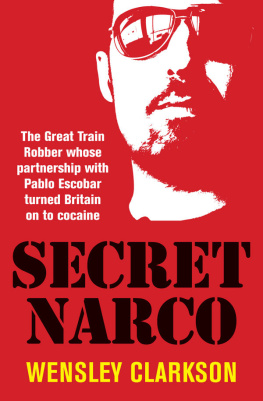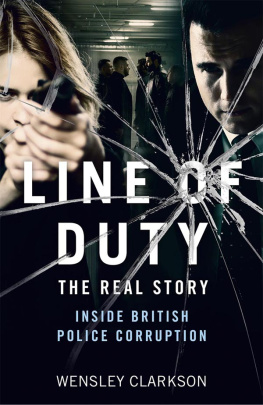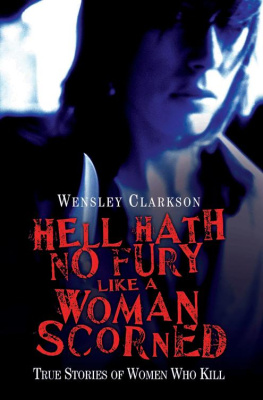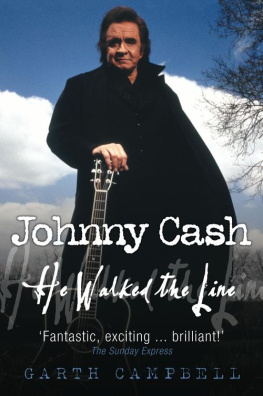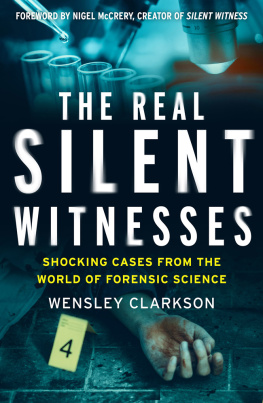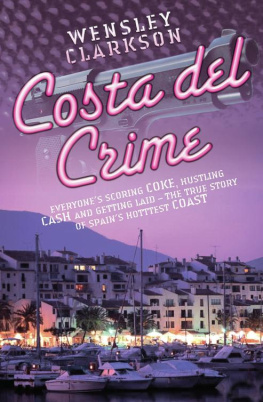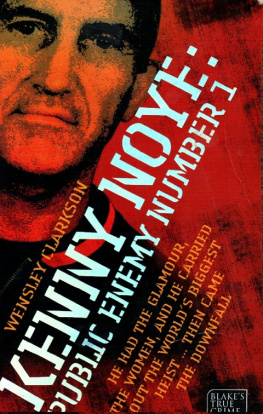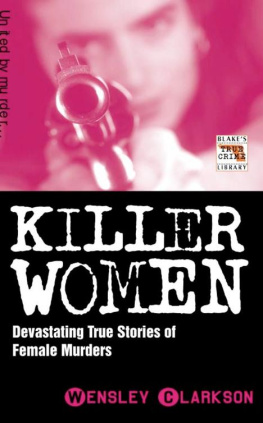

First published in Great Britain in 2013 by
Quercus Editions Ltd
55 Baker Street
Seventh Floor, South Block
London
W1U 8EW
Copyright 2013 Wensley Clarkson
The moral right of Wensley Clarkson to be identified as the author of this work has been asserted in accordance with the Copyright, Designs and Patents Act, 1988.
All rights reserved. No part of this publication may be reproduced or transmitted in any form or by any means, electronic or mechanical, including photocopy, recording, or any information storage and retrieval system, without permission in writing from the publisher.
Every effort has been made to contact copyright holders of material reproduced in this book. If any have been inadvertently overlooked, the publishers will be pleased to make restitution at the earliest opportunity.
A CIP catalogue record for this book is available from the British Library
TPB ISBN 978 1 78206 197 7
EBOOK ISBN 978 1 78206 198 4
You can find this and many other great books at:
www.quercusbooks.co.uk
WENSLEY CLARKSON is one of Britains most knowledgeable writers when it comes to the criminal underworld. His books have been published in more than thirty countries and sold more than one and a half million copies. He has also written movie screenplays and made numerous TV documentaries in the UK, US and Spain.
www.wensleyclarkson.com
What are kingdoms but gangs of criminals on a large scale? What are criminal gangs but petty kingdoms? A gang is a group of men under the command of a leader, bound by a compact of association, in which the plunder is divided according to an agreed convention. If this villainy wins so many recruits from the ranks of the demoralised that it acquires territory, establishes a base, captures cities and subdues people, it openly arrogates itself the title of kingdom.
Saint Augustine
To Zaid, who paid the ultimate price for dealing in hash.
CONTENTS
PART ONE
MOROCCO THE KILLING FIELDS WHERE IT ALL BEGINS
PART TWO
SPAIN THE HASH FRONTIER
PART THREE
THE AMSTERDAM CONNECTION
PART FOUR
HASH IN THE UK
PART FIVE
LAW ENFORCEMENT
PART SIX
HASH ON A GLOBAL SCALE
4.4 per cent of the worlds population consumes marijuana about 190 million people and 0.6 per cent use it on a daily basis (22.5 million people).
Marijuana is a highly lucrative cash crop with a worldwide value of $35.8 billion. That exceeds the combined value of corn ($23.3 billion) and wheat ($7.5 billion).
Cannabis has the greatest non-medical usage of all the drugs in the UK controlled under the Misuse of Drugs Act. Overall, about 10 million people in the UK admit having tried it, with at least 1.25 million regular users. Over a third of 1624 year olds, or around 2.3 million people, have taken it at least once in their lifetimes.
Because of the nature of the revelations contained in this book, some names have been changed in order to protect the identities of the people involved.
INTRODUCTION
Welcome to HASH, renowned as the worlds most socially acceptable recreational drug. Yet its illicit tentacles spread across the globe, financing everyone from poverty-stricken farmers to professional criminals. Hash is a business worth many billions of dollars a year with a truly dark and sinister side; fuelled by a chilling underworld network of dealers, gangsters, drug barons, crooked cops and even terrorists using sex, intimidation, bribery and murder in their quest for vast profits.
Its reckoned that hash provides the biggest single source of actual income for organised crime across the globe.
The worlds law enforcers are failing to eradicate it from our streets because they tend to target other more lethal, so-called harder drugs. As a result, the hash business goes from strength to strength.
Even the United Nations admits that its attempts at hash eradication programmes have dismally failed. Authorities often resort to law enforcement crackdowns without implementing any economic or development measures to help cannabis farmers cope with the sudden loss of income. Officials are supposed to conduct alternative development projects in the areas targeted by the eradication measures. But, more often than not, no economic help is received by the farmers, meaning they often go back to producing hash in order to survive.
So what is hash and how has it hooked so many hundreds of millions of people around the world?
Hash is essentially a concentrated form of cannabis, made from the resin of the female cannabis plant. It is consumed for the effects of delta-9-tetrahydrocannabinol, THC, which causes a euphoric high in the user. Hash can contain up to 35 per cent THC, while other forms of marijuana usually only have between 5 and 15 per cent. The strength of hash depends on the strength of the marijuana from which it is produced.
Smokers of hash say it alters sensory experiences and perceptions of reality and insist it is harmless. Critics say regular consumption can cause psychological dependency and destroy peoples motivational senses.
Hash can be produced through two different processes, depending on techniques employed in various parts of the world. In Morocco, the resin glands of the cannabis inflorescence where its main psychoactive substance, tetrahydrocannabinol THC is concentrated are collected by sieving when the plant has been harvested and dried. Sieving is also favoured in the Bekaa Valley, in Lebanon, where Lebanese Red hashish was renowned for its high quality up until the early 1990s, when the violence in the Middle East slowed down production.
The other technique for producing hash used in some parts of Asia is hand rubbing. Much less technical than sieving, it consists of rubbing the flowering cannabis branches back and forth between the palms and fingers until the resin builds up on the hands. This process occurs mainly in India, including Kashmir, and Nepal.
But sieved hash is much easier and faster to obtain than hand-rubbed hash. One kilogram of sieved hashish can be collected in only a few hours versus 10 to 25 grams of hand-rubbed hashish by one collector during a full working day. Sieving also makes hash more potent because almost no resin is left on the plant.
*
My interest in unravelling hashs secret criminal underworld began more than twenty years ago when I was investigating the activities of one of Britains most notorious professional criminals. This man had been a London bank robber back in the 1980s but one of his oldest associates explained to me that cannabis was where this character well call him H had made his biggest fortune. Going across the pavement as robbery was known in London in the 1970s and 80s was a far more risky crime. Drugs were where the really big money could be made and H insisted on dealing only in cannabis because he believed the authorities would be more lenient with him if he was caught. UK authorities had already started coming down hard on cocaine and heroin, so H believed cannabis was much safer for him. And, as I was to eventually discover, the profits he could make from hash were one hundred times that of any robbery.
So, I gradually began to unpeel a layer of the underworld that has existed very much beneath the radar for the past forty years. Those inquiries would eventually take me to many parts of the world because the influence of hash is truly global.
Next page

